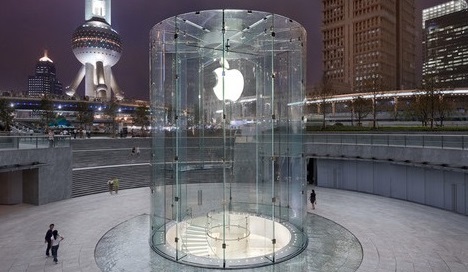'No-names' drove Q2 handset market
 Friday, July 26, 2013 at 5:26PM
Friday, July 26, 2013 at 5:26PM Lesser-known feature and smartphone brands made the biggest gains in the second quarter, according to IDC.
Both Samsung and Apple fell back and Huawei slipped out of the top five as the lower prices of Android phones accounted for 42.4% of smarphone sales, compared with 36.4% in the previous quarter and 40.2% a year ago.
Just under 237 million smartphones were shipped, up 53% from a year ago. Samsung, Apple and LG remained the top three vendors, with Lenovo taking Huawei’s spot at fourth and ZTE retaining fifth position.
In the broader mobile phone market, 432m units were sold, with the top three – Samsung, Nokia and Apple – also losing market share to smaller brands such as Alcatel.
Said Ramon Llamas, a research manager with IDC's mobile phone team:
“Lower-priced smartphones continue to gain traction, but the key for vendors will be to keep prices low while still offering premium devices and services. We fully expect to see large-screen smartphones and other flagship devices establish a presence within the lower-priced smartphone segment as well."
 Robert |
Robert |  Post a Comment |
Post a Comment |  Apple,
Apple,  Samsung in
Samsung in  Mobile Devices
Mobile Devices 

